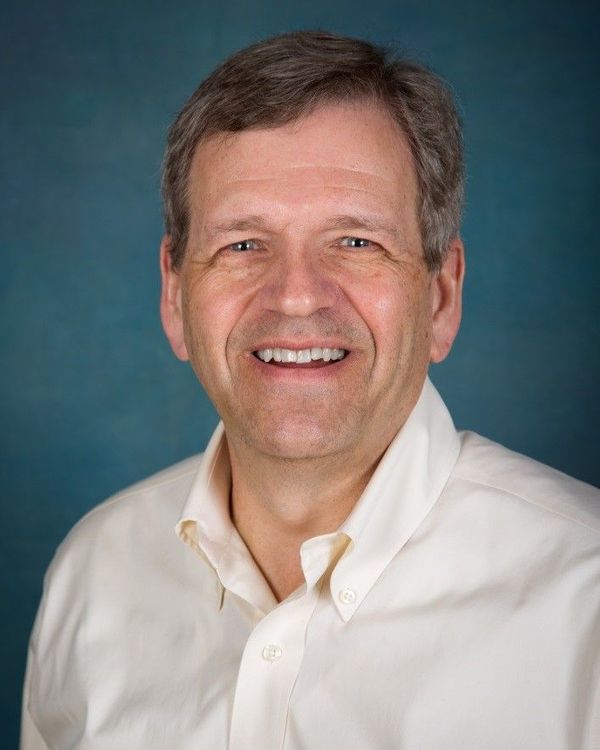
University of Washington
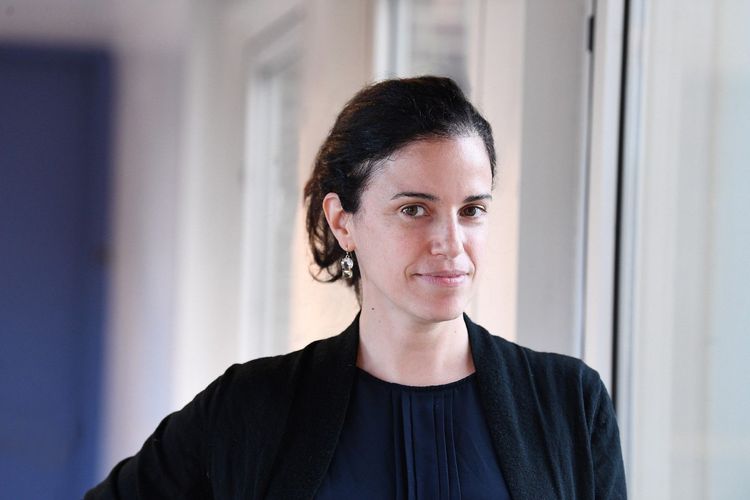
Columbia University
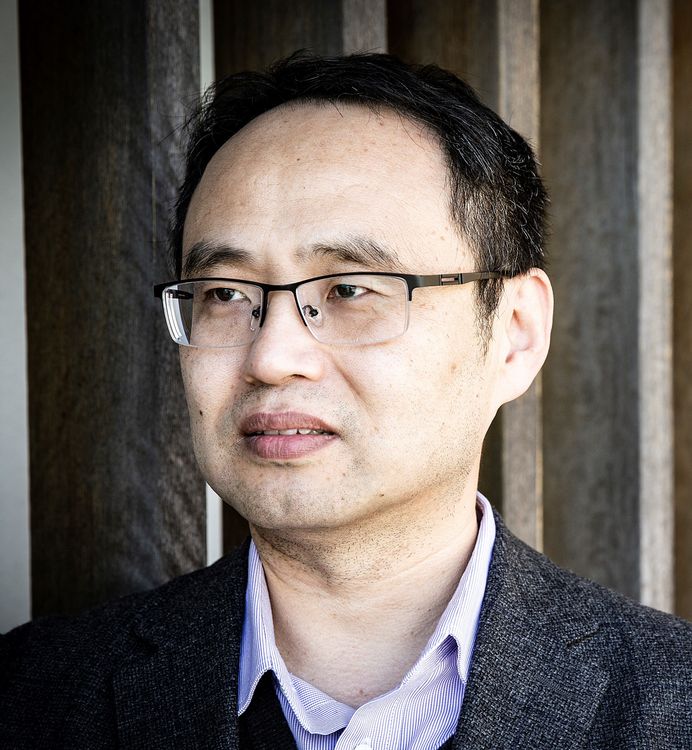
University of Wollongong
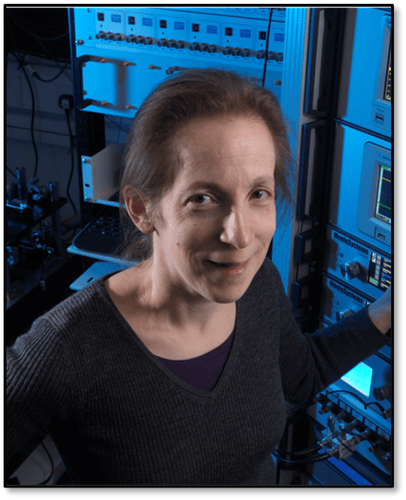
National Physical Laboratory (NPL)

Rice University
Plenary Speakers
Joint
PLEN-01: Ultrasound is good for the brain - opening new avenues in diagnostics, therapeutics and theranostics
Monday, September 23, 9:00 - 10:00
701A-DUltrasound imaging and therapeutics have been separately advancing over the past century but not necessarily in harmony with one another. Despite the fact that ultrasound imaging was invented after therapeutic ultrasound, the former is ubiquitous while the latter is only recently crossing to the clinic for treatment of disease such as essential tremors and prostate cancer.
The brain is not exception: transcranial ultrasound has been used extensively for the detection of stroke or hemorrhage while therapeutic ultrasound has been translated to the clinic mainly with MRI guidance. This plenary will focus on using these two powerful modalities of ultrasound first separately for imaging the brain with super-resolution, flow and/or elasticity imaging before and after treatment with focused ultrasound (FUS) for either drug delivery or neuromodulation and then in combination, for the theranostic transcranial application in conjunction with microbubbles.
Treatment of neurological diseases has been at the forefront of medical research for more than a century with limited success due partly to the blood-brain barrier (BBB) that impedes both delivery and biodistribution of the drug delivered. Focused ulltrasound methodologies in conjunction with systemically administered microbubbles have been shown capable of transcranially and transiently opening the BBB over the past two decades. More recently, those efforts have resulted into clinical translation in a variety of brain diseases such as brain tumors and neurodegenerative disease such as Alzheimer’s (AD) and Parkinson’s disease. Findings will be shown in preclinical studies in mice for the treatment of AD through immunomodulation and treatment of PD using protein and gene delivery. The findings of two clinical studies will also be reported. In the first clinical study, five AD patients underwent FUS with microbubbles with successful BBB opening in their prefrontal cortex while 60% exhibited amyloid reduction in the sonicated hemisphere. In the second clinical study, four diffuse intrinsic pontine glioma (DIPG) subjects underwent BBB opening similar procedure with successful BBB opening in the pons in conjunction with drug delivery. Our group has also been studying the noninvasive stimulation and inhibition of the central and peripheral nervous systems in live animals. In the brain, we have shown that focused ultrasound is capable of noninvasively eliciting motor and sensory responses when distinct brain regions are targeted. In the periphery, when the ultrasound beam is focused on the sciatic nerve in vivo, the thigh muscle is activated and muscle twitches can be induced at low ultrasonic intensities while the same twitches can be inhibited at higher intensities due to associated temperature rise that inhibits nerve firing.
Cellular and fiber responses in excised tissue have confirmed the live animal responses.
Applications in magnetogenetics will also be presented.Figure 1: Neuronal green fluorescent protein expression (in green) using gene delivery through the blood-brain barrier.
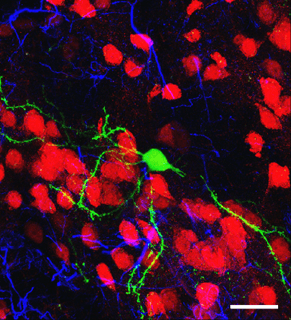
Ultrasonics
PLEN-02 - 2013-2024: A period of amazing growth for ultrasonics
Monday, September 23, 10:30 - 11:30
701A-DThe last Ultrasonics, Ferroelectrics, and Frequency Control Joint Symposium was held in 2013 in Prague, Czechia. Since then there has been tremendous progress in many areas of ultrasonics. Several older technologies, such as software beamforming and elastography, have matured to become routine clinical tools. New technologies, such as super-resolution imaging and machine learning, are now mainstream in the ultrasonics research community. Handheld systems have advanced markedly and wearable ones have been developed in the last few years by leveraging new transducer technologies. Finally, therapeutic ultrasound has evolved to address new applications such as neuro-modulation, and high intensity techniques such as histotripsy have been translated to the clinic. Overall, ultrasonics continues to evolve at a very rapid pace.
In this talk, we will review the state of the art in ultrasonics at the time of the last Joint Symposium.
Then, we will explore advances in several areas over the last decade. The talk will conclude by speculating about what will be the major advances in ultrasonics over the next decade.
Ferroelectrics/PFM
PLEN-03a: Advances in bulk ferroelectrics over the past decade
Tuesday, September 24, 8:30 - 9:15
701A-D
Over the past decade, ferroelectric research has witnessed significant advancements, including theoretical calculations across various scales, material design and fabrication, and emerging applications.
This talk will review the progress made in bulk ferroelectrics over the last ten years, with a focus on material systems (lead-free, relaxor ferroelectric crystals, and high entropy materials), material fabrication and treatment (low-temperature sintering, AC poling, and additive printing), and emergent applications (conformable and wearable medical sensors, implantable devices, portable devices, and interdisciplinary applications). The talk will conclude with a look at the future direction of ferroelectric research in sustainable development, human health and energy-related fields.PLEN-03b: Thin-Film Ferroelectrics
Tuesday, September 24, 9:15 - 10:00
701A-D
Over the last 30 years, the study of ferroelectric oxides has been revolutionized by the implementation of epitaxial-thin-film-based studies that compliment efforts on bulk versions of such materials. This work has driven many advances in the understanding of ferroelectric physics and the realization of novel polar structures and functionalities. New questions have motivated the development of advanced synthesis, characterization, and simulations of epitaxial thin films and, in turn, have provided new insights and applications across the micro-, meso-, and macroscopic length scales. This presentation will trace the evolution of ferroelectric thin-film research from developing understanding of the roles of size and strain on ferroelectrics to using thin-film constraints to create complex hierarchical domain structures, novel polar topologies, and controlled chemical and defect profiles. The extension of epitaxial techniques, coupled with advances in high-throughput simulations, now stands to accelerate the discovery and study of new ferroelectric materials. Coming hand-in-hand with these new materials is new understanding and control of ferroelectric functionalities. Today, researchers are actively working to apply these lessons in a number of
applications, including novel memory and logic architectures, as well as a host of energy conversion devices. This presentation will work to highlight major accomplishments in the field of thin-film ferroelectrics in recent history and, by extension, look towards what comes next for these materials.
Frequency Control
PLEN-04: Optical clocks for international timekeeping: progress towards a redefinition of the second
Wednesday, September 25, 8:30 - 9:30
701A-DSince the start of the 21st century, we have seen enormous progress in the development of a new generation of optical atomic clocks. Based on narrow optical transitions in trapped laser cooled atoms or ions, these have demonstrated unprecedented frequency stability and estimated systematic frequency uncertainty, far surpassing the current generation of caesium microwave primary frequency standards. The accuracy with which frequency measurements can be made is thus limited by our present definition of the second in the International System of Units, rather than by the performance levels reached by the technology.
The international community is therefore anticipating change, and a special taskforce set up by the Consultative Committee for Time and Frequency has prepared a roadmap towards a redefinition of the second in terms of an optical transition or transitions. This roadmap sets out a set of mandatory criteria that must be met before redefinition, as well as some auxiliary conditions related to work that should be well advanced at that time.
In this presentation I will review the progress that has been made over the past decade towards fulfilment of these criteria, including the verification of optical clock uncertainties via international comparisons and the incorporation of optical clocks into national and international time scales. I will present the different options that are being considered for the redefinition and conclude with a perspective on the challenges that still lie ahead.

